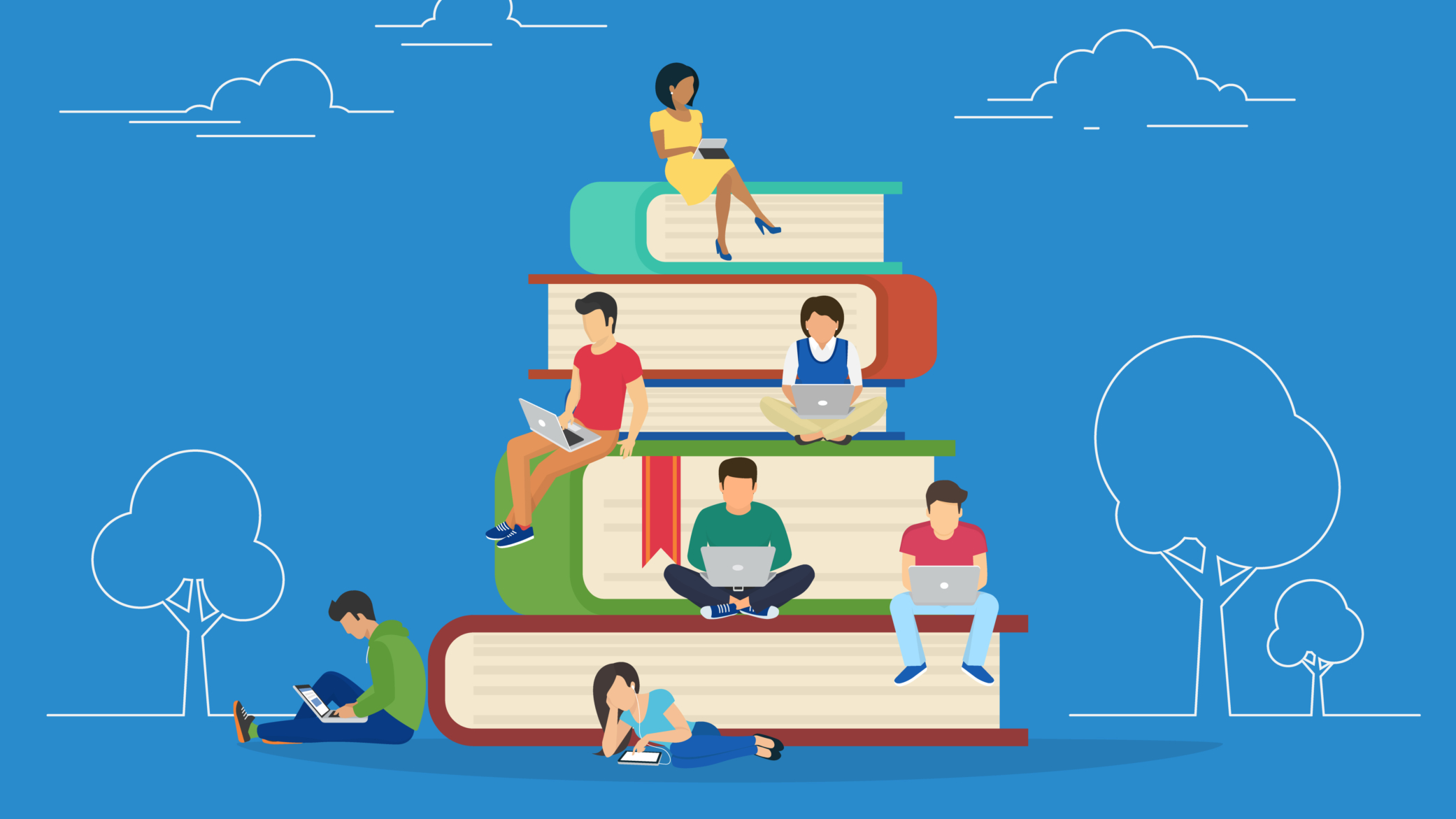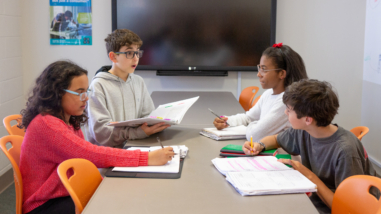About a month ago, Hewlett Foundation’s open educational resources grantees gathered in Canada to reflect on progress in the OER field and how equity plays a role. Coming out of the conference, we asked education program officer TJ Bliss what trends he’s keeping an eye on in the OER space.
Where are we in the OER story?

Open Educational Resources really kicked off with MIT’s OpenCourseWare Project in 2001. Since then, the OER community has been committed to two ideas: OER can help improve access to education for those who need it most, and it has tremendous potential to improve learning through teaching practices that are enabled by content that is freely available to copy, edit and share.
Right now, we seem to be on the cusp. The first idea is starting to see fruition, as OER is reaching mainstream adoption at all levels of education throughout the world. The second idea is just beginning to take shape, as people and institutions using OER are seeing its real potential to improve teaching and learning through open educational practices. It’s an exciting time, and the future of OER is looking bright.
What’s happening at the higher education level?
One of the most exciting things I’ve supported during my time at Hewlett Foundation is the spread of OER degrees across the country. These degree programs, based entirely on OER, are becoming a major mechanism for using OER to address issues of equity. Most OER degree programs are at community colleges, which serve student populations from lower income backgrounds, for whom the high cost of textbooks is an especially difficult challenge. But we’ve also supported OER degree programs at universities that serve some of the most disadvantaged student populations in the United States, and through the OERuniversitas, which is partnering with universities from around the world to offer a free, OER-based degree to everyone.
OER degrees are getting significant attention from policymakers. The California governor’s office made a $5 million budget allocation to support the development of OER Degree programs at California community colleges, and the New York governor pledged $8 million to support OER efforts in community colleges throughout the state. Today, we are in the midst of establishing nearly 50 new OER degree programs around the country.
Another higher education OER trend is collaboration across university roles to implement OER on campus. Grants to organizations like the Open Textbook Network, the Rebus Foundation, and Achieving the Dream have helped increase the diversity of open content and the number of faculty users. They are engaging librarians who support faculty adoption of OER, establishing and supporting communities of faculty who collaboratively author open textbooks, and supporting groups of faculty at individual institutions to adopt open textbooks and other open content for entire degree programs.
What are you seeing with adoption at the K-12 level?
K-12 school districts are starting to not just adopt, but to focus on teaching teachers how to effectively use OER in ways that improve student learning. Content partners like Open Up Resources have joined forces with OER publishers to produce openly licensed, full-course curriculum that school districts throughout the United States can adopt and adapt to local contexts. At the same time, organizations like UnboundEd, Gooru Learning, and ISKME are working on professional development opportunities with teachers. This excellent work has been bolstered by support from the U.S. Department of Education’s #GoOpen project, which has seen over 100 districts and 20 states make commitments to begin using OER.
How is teaching practice changing with OER?
As far as I can tell, open educational practice captures the true potential of OER to improve teaching and learning. Now that adoption of OER has been maturing and expanding, more people are interested in how to use OER more effectively. In other words, they’re asking what can OER do that traditional textbooks cannot?
Groups like the Wiki Education Foundation and Open Osmosis are pushing the boundary on how OER is used in the classroom, giving students authentic learning experiences that have real impact in the world. These organizations are helping teachers move away from disposable assignments and engaging students with open content in authentic ways that improve the learning experience.
How have policies or educational systems changed?
We’ve been seeing new policies supporting OER adoption and use at national, regional and institutional levels – especially outside of North America. Nations like Fiji and Poland have adopted open policies that encourage or require the use of OER throughout their national K-12 systems.
This September, ministers of education and OER experts from around the world will gather in Slovenia for the 2nd OER World Congress. In the meantime, the U.S. Department of Education recently approved an open licensing policy that will require all content produced with discretionary grants to be openly licensed.
Wrapped around these policy successes are critical infrastructure advances for OER in terms of accessibility, research and technology. The Inclusive Design Research Centre at the Ontario College of Art and Design is partnering with OER publishers and purveyors to improve usability and access for all learners. At the same time, rigorous research on OER has proliferated, with a several-fold increase in the number of graduate and faculty-level researchers focused on OER in just the past two years. We are also seeing a parallel increase in peer-reviewed studies in the literature.
Where do you see OER having the most impact?
OER’s potential impact is greatest at the individual level – in the lives of faculty, teachers and students, especially those from underserved backgrounds or who have different learning needs and styles. I believe that efforts to encourage open educational practice will increase dramatically in the next few years, leading to more individual success for people across the world who need it the most.

 Julia Tim/Shutterstock
Julia Tim/Shutterstock


